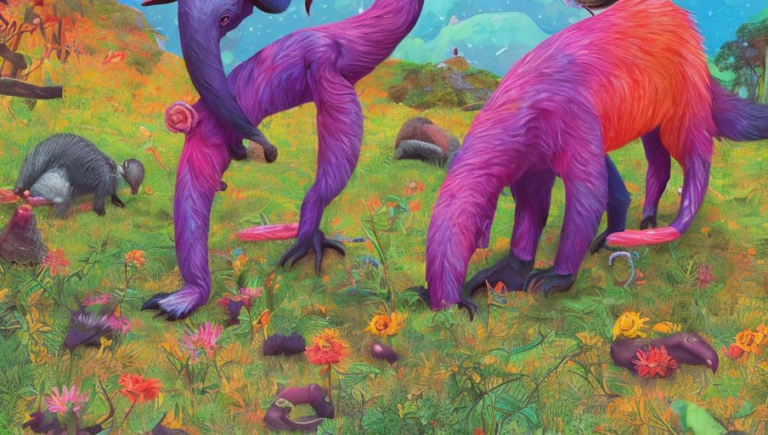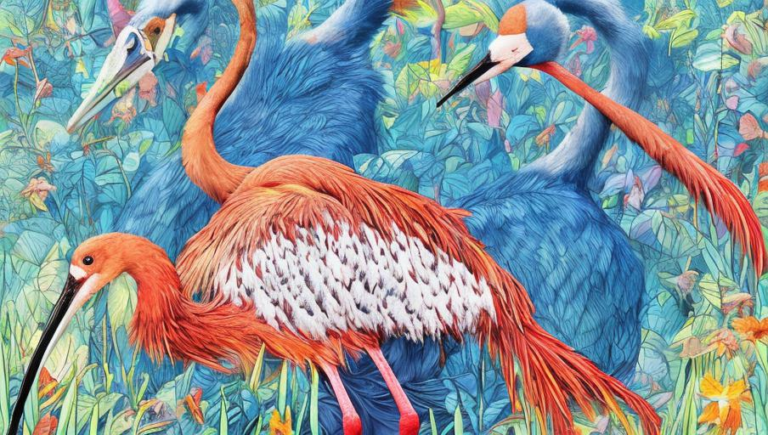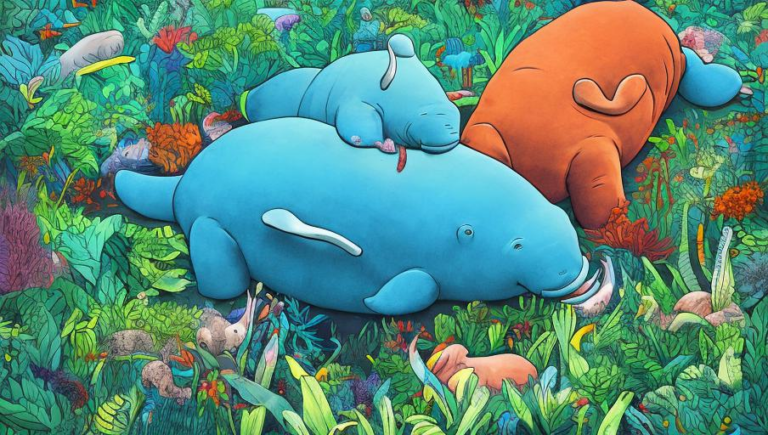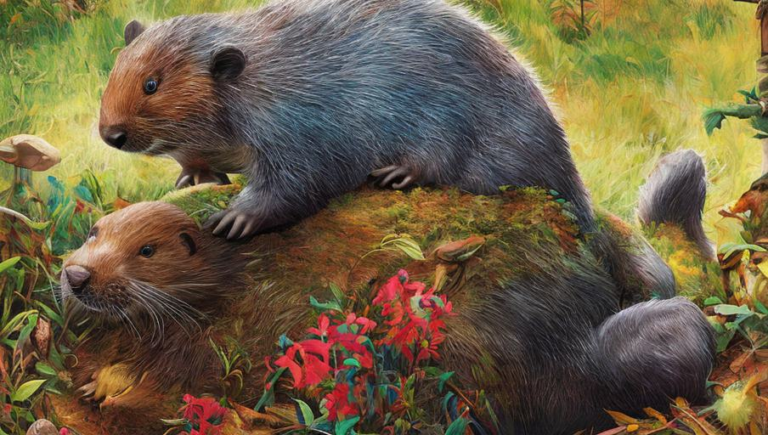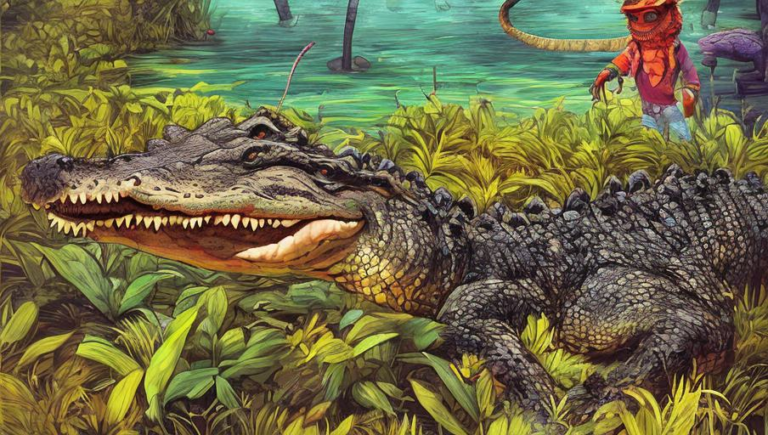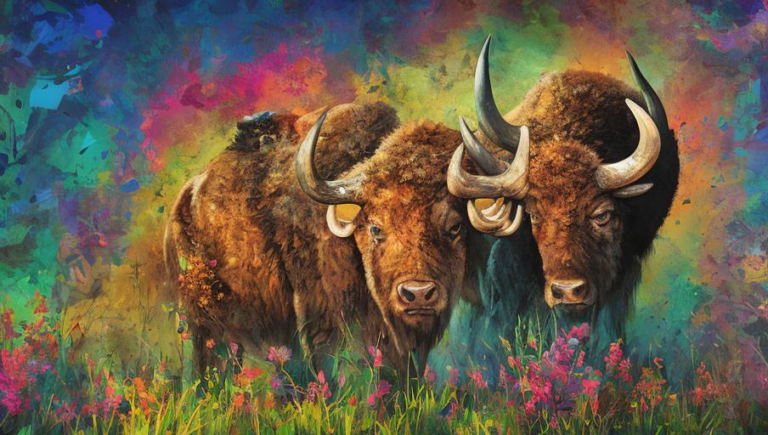Badgers: Understanding their Habits
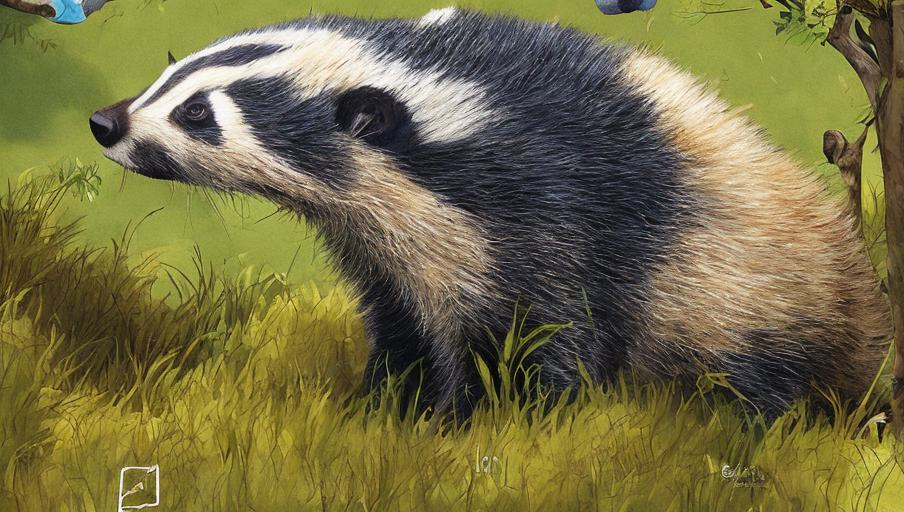
Introduction
Badgers are an iconic species of wildlife, found across much of the Northern Hemisphere. Many people are charmed by their small size and bushy tails, but they may not know much about the different habits of badgers. Understanding their habits can help us better appreciate and protect these animals.
Diet
Badgers are omnivores, meaning they eat both plants and animals. They mostly feed on small rodents, amphibians, birds, and insects, but they also eat fruits, roots, and nuts. They are opportunistic feeders, meaning they will eat whatever food is available. In some areas, they have even been known to eat carrion (dead animals).
Habitat
Badgers prefer open habitats such as grasslands, meadows, and scrublands. They build their dens in underground burrows or in the roots of trees. They can also be found in some urban areas where they take advantage of the food sources available. Badgers are primarily active at night, but they can be seen during the day in some areas.
Social Habits
Badgers are generally solitary animals, but they can form small groups if food is plentiful and space allows. They mark their territory with scent glands, and they have a complex system of communication through vocalizations, body language, and scent marking.
Reproduction
Badgers typically mate in the spring and give birth to one to four offspring. The young are raised in the den, and they reach maturity at 8 to 10 months of age. Badgers can live up to 10 years in the wild.
Conservation Status
Badgers are not considered to be endangered, but they are protected in many countries due to their declining numbers in some areas. Habitat loss and fragmentation, as well as persecution for their fur and meat, are some of the main threats to badgers. They are also vulnerable to human-induced changes in their environment, such as the use of pesticides that can affect their food sources.
Conclusion
Badgers are an iconic species of wildlife, and understanding their habits can help us better appreciate and protect them. They are an essential part of the ecosystem and their presence can help with pest control and nutrient cycling. By protecting their habitats and monitoring their population, we can help ensure their long-term survival.
